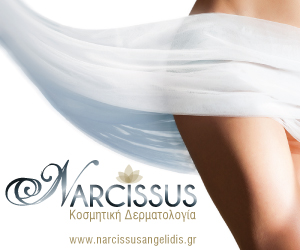What do we mean when we refer to the term “Equinus”?
Equinus can be refered as the problematic ankle joint or the ankle bone compartment, which simply means its limitation to dorsiflex. It has been a primary concern in both podiatric and orthopedic societies. Most of the time this condition accompanies or compensates with other pathologies like plantar faciiatis, metatarsalgia, posterior/anterior tibial syndrome, hallux valgus (bunion), Achilles tendinitis and more.
It is very rare for patients to present in clinic with equinus solely. Usually the underlying problem is a more serious and it may be one of the reasons or the result of them. Compensation for equinus in the foot involves toe walking, plantar arch collapsing, reduced hip flexion etc. This highlights the importance of the influence of equinus in the foot structure, abnormal function and associated abnormalities.

Several researches have distinguished the types of equinus into joint equinus and osseous equinus (1). Both of those have the same scientific meaning in being categorized as spastic and non-spastic. The most common joint equinus is the one involving the gastrocnemius and soleus (triceps surae). Those are the muscles of the Achilles tendon, which inserts on the calcaneus.
More severe equinus positions will totally restrict the heel to touch the ground when walking and one of those can be cultivated in conditions like poliomyelitis :
Primary Treatment
The initial treatment method of ankle equinus involves extensive stretching (2). The use of insoles that alleviate forefoot traumatic pressures, support and cushion the heel is indicated. “In cases where increased motion is not achieved and the foot has attained a compensated position, attempting to control the foot position is often not appropriate. In these cases, a pronated orthosis to support the current position, in attempt to prevent further collapse of the foot, is the best option.
It is important to consider the effect orthosis has on the sagittal plane function of the foot and leg. Once the device has been issued, this function should be re-assessed. The aim is to facilitate the ankle and metatarsal rockers. Knee and hip extension is allowed during the former, followed by hip and knee flexion and ankle joint plantarflexion during the latter” (3). The importance of orthotics cannot be stressed enough in the cases of poliomyelitis. Locking the knee to the correct position, will prevent excessive recurvatum while maintain the stability of the patient while walking. Reassessments are therefore crucial for changes brought to the orthoses as well as proper indications for corrective surgery. In addition, it is essential for the patient to be monitored by a specialized team (4).
1. Tiberio D. Pathomechanics of structural foot deformities. Phys Ther. 1988;68(12):1840-9.
2. S.A Schumacher, www.footdoc.ca
3. Trevor Prior. A study of Ankle Equinus. Pod www.vasylimedical.com
4. Genêt F, Schnitzler A, Mathieu S, Autret K, Théfenne L, Dizien O, Maldjian A. Ann Phys Rehabil Med. 2010 Feb;53(1):51-9. doi: 10.1016/j.rehab.2009.11.005. Epub 2009 Dec 9 (PUBMED.GOV)












































